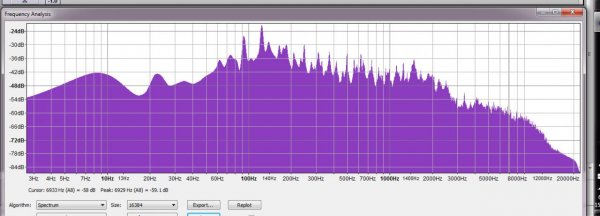Remember the device (I forget the name) which used to cull the edges of the CD, I assumed for better balance during play? Well, I had one CD "cut" for me a long time ago. This stems from my past use of certain players/transports, in which two identical units would somehow manage to sound different. I'd open up each unit, and watch as each transport loaded and clamped the CD, then revolve. Finding a CD that revolved without some balancing issues was rare, some were so bad as to create an obvious noise/resonance. I've had to re-adjust the clamping system on a few of my transports. I remember specifically using that particular cd, watching it rotate near perfectly on all transports, anyway ... these green rings -kinda- do the same thing. I've noticed, depending on CD, they can help in this regard. Don't have many, haven't used one in a long time, but once in a while I'll open up an old CD, and bingo, another green ring.











